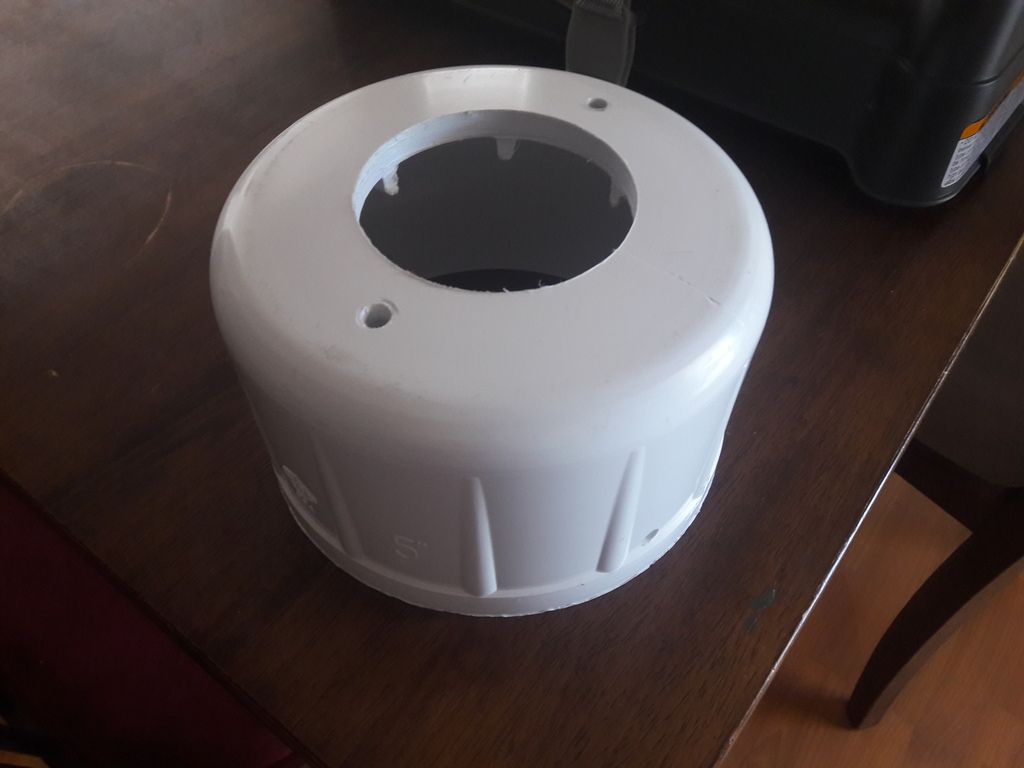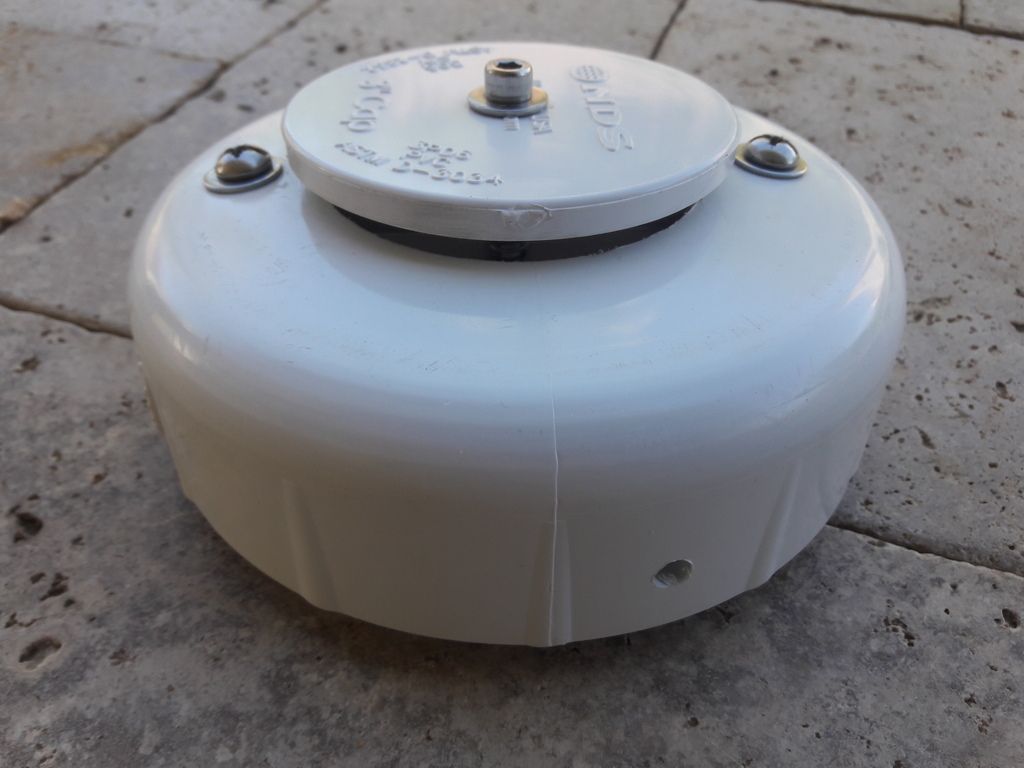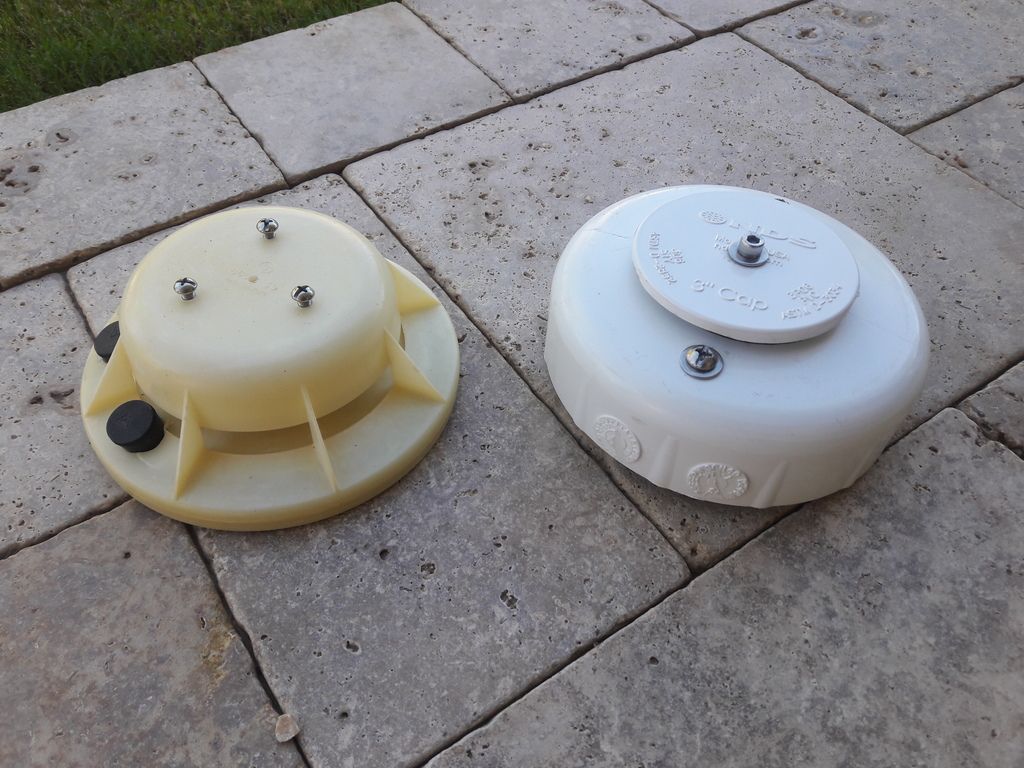Kevin…your system does sound very much like mine. I’ve had the “spaceship diverter” in my skimmer since 1993 until recently.
My IFCS works best when suctioning from the bottom drain of the pool. My current opinion is that this is the case for almost all IFCSs. So for all those years when I only had a single speed pump, I kept that skimmer diverter flap almost all way closed (90%+) so that most of the water was pulled from the bottom drain (a guess: 75% bottom drain/25% skimmer).
The exception...after a monsoon dust storm I would change that flap to 100% bottom draw for a couple days, to clear the dirt. This doesn't happen as much these years since suburbia has extended so far out in all directions around my home...less dust when the storm finally blows into my neighborhood.
Over the past few years since my remodel, I realized that with my VSP there was this dilemma: how do I manually position that flap in order to take advantage of high psi cleaning (bottom drain draw), and still skim effectively when I am running at low RPM for skimming/filtering. Closing the flap 90% doesn’t pull enough water through the skimmers when running at VSP low rpm. If I adjust that flap to say 50%, the skimmer works at VSP low rpms, but the high speed cleaning through the popups is somewhat hobbled because there is very little main drain suction. I am guessing again, but at 50% positioning, I would say 75-80% of the water comes through the skimmer and only 20-25% of the water comes from the bottom drain.
Truthfully when I recently decided to tackle this problem, I didn't give the simple adjustment method much of a chance...designing a new diverter seemed like much more fun...haha! It may be possible to adjust the flap to get acceptable flow rates for cleaning AND skimming. Not sure, my efforts to characterize the flows through the "spaceship" using various positions of its diverter flap had already failed. I didn't want to take the time to actually test these various positions due to all the other things I am currently working on, maybe in the future. Based on my experience looking at this issue, and for those that want to try it, my best guess is that the flap would have to be closed in the 70-85% range to accomplish that based on my popup flow (cGPM=62) and skimming flow of 30gpm.
I needed an automatic method to switch the suction between the drain and skimmer.
If I had separate pipes running from the main drain AND skimmer run back to my pump, I wouldn’t hesitate to put an automated 3-way valve to control that for my IFCS. But like you, I only have that skimmer port with the “spaceship” diverter.
I came up with this second idea (my first idea failed, but it was actually simpler and came
very close to working, it may work for some systems so I'll give a shot at explaining it in another post)…but here are the caveats:
- I only have one StaRite skimmer, I don’t think this would work with two (sorry Dodger)
- There must be a significant difference in gpm flows between “popup cleaning” VS filtering/skimming. In my case, I have roughly 60gpm popups and 30gpm filtering/skimming
- This device requires some tools and tool usage to create; it also needs to be “tuned” to the system
The concept is simple but harder to implement than might appear. I ordered a 5” Schedule 40 PVC CAP from Home Depot and found that it was the same diameter as the “spaceship diverter”. The pictures will help visualize. First I drilled a 3” hole in it and two bracket holes. In addition, in the next picture you will see that this PVC CAP also has to be "shortened" so that it can fit under the skimmer basket.

Here is what the end product looks like. That valve plate on top was made from a 3” PVC Sewer/Drain Cap and it opens and shuts based on a bracket mounted spring below it. When gpm is high during popup cleaning, the valve closes and most suction is drawn from the pool main drain. When gpm is low, the valve opens (or stays open, as show in the picture below) and most suction is drawn through the skimmer via that 3” hole.

Here is what the underneath looks like. The spring/bolts/nuts are stainless steel, the bracket is aluminum.

Here is the side-by-side picture of the original spaceship and the new diverter.

That’s it…I have had to “tune” the spring mechanism and work out a few glitches, but it works! Like I said previously…it’s pretty specific to my pool.





